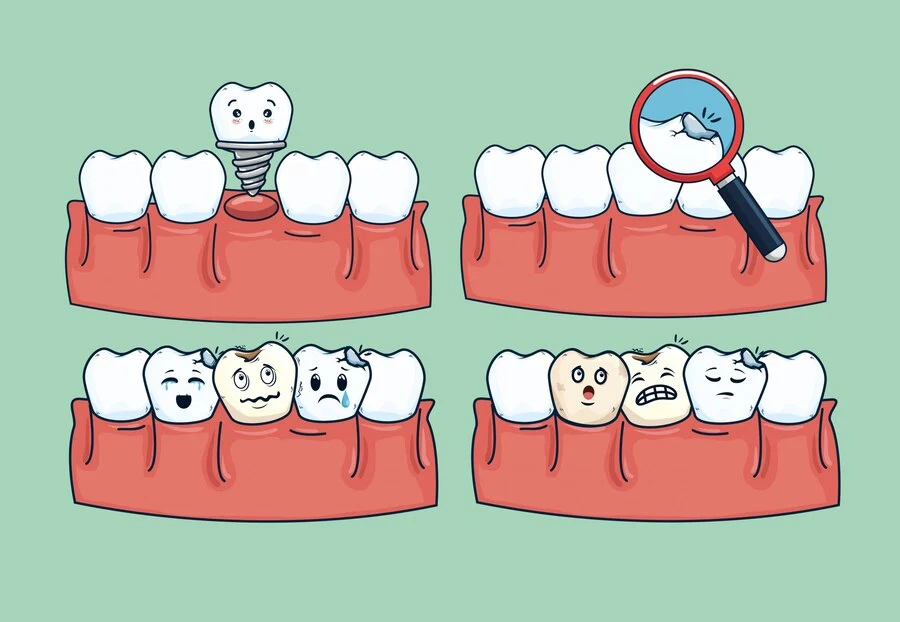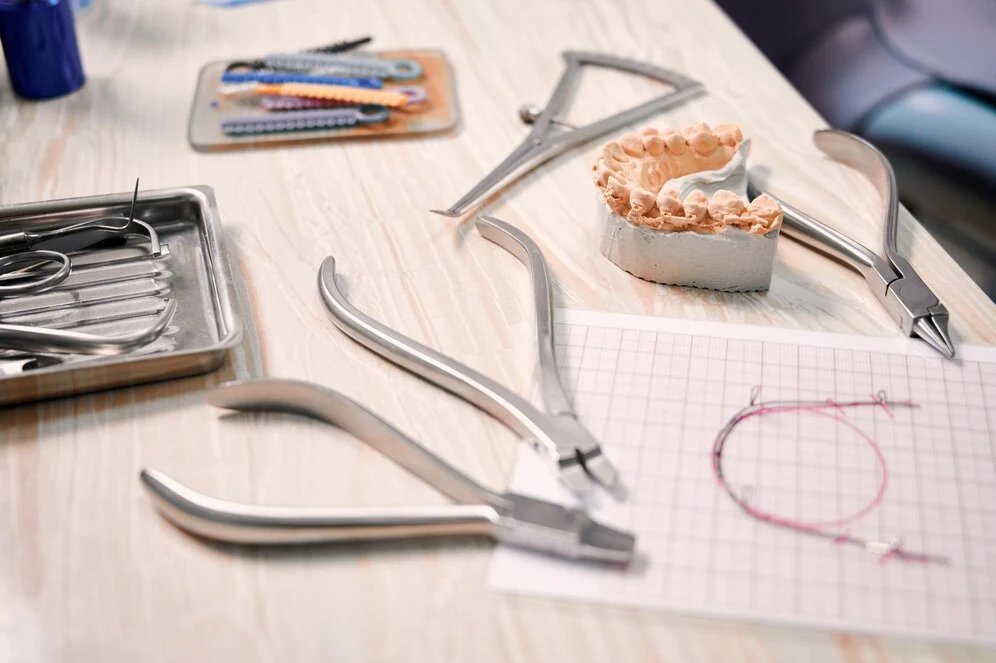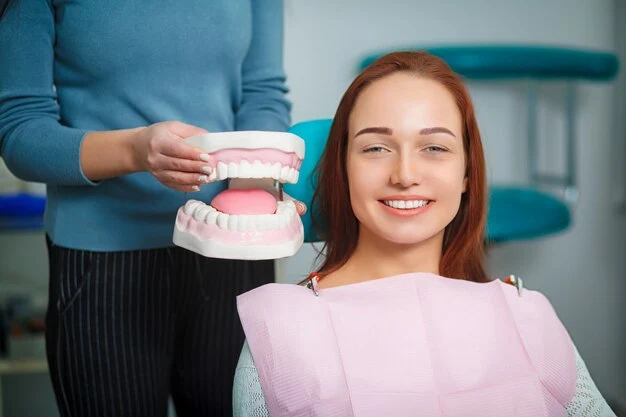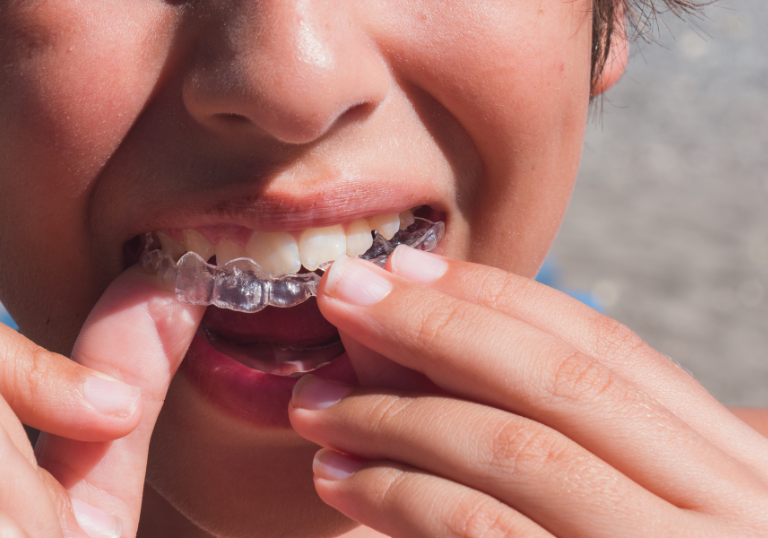Composite Bonding, a well-known dental method, assumes an urgent part in upgrading grins and tending to different corrective worries. It includes the use of a tooth-shaded pitch material to work on the presence of teeth, making it an alluring choice for those looking for tasteful improvements. As people think about this transformative procedure, it’s important to know what influences the costs. In this blog, we will dig into how much is composite bonding UK, investigating the subtleties that add to the general costs and revealing insight into ways to settle on informed choices.
Understanding Composite Bonding
Composite bonding is a cosmetic dentistry procedure for improving teeth’s appearance. In the UK, how much does composite bonding cost? This question frequently emerges as people think about this harmless procedure. We should investigate the following responses:
What is Composite Bonding?
The application of a tooth-colored resin material to the teeth during composite bonding effectively addresses issues like discoloration, chipping, and minor misalignments. The cycle starts with the dental specialist setting up the tooth surface by softly scratching it. The sap is then applied, formed, and shaped to accomplish the ideal look. Utilizing exceptional light, the material is restored and solidified, lastly, the dental specialist cleans the fortified region to consistently mix with the normal teeth. This method is known for its accuracy and capacity to convey normal-looking outcomes.
Advantages of Composite Bonding
Understanding the advantages of composite bonding is pivotal for people thinking about this restorative dentistry choice. How much is composite bonding in the UK, and what do you receive consequently? We should dive into the benefits:
Style and Regular Appearance: One of the essential advantages of composite bonding is its capacity to make an outwardly engaging and normal-looking grin. The tooth-hued pitch can be matched to the current teeth, guaranteeing a consistent reconciliation that improves in general feel.
Insignificant Tooth Decrease Contrasted with Options: Dissimilar to certain other options, composite bonding requires negligible tooth decrease. This protection of regular tooth structure is an engaging viewpoint for those looking for corrective enhancements without critical modifications.
Speedy and Generally Easy Strategy: Composite Bonding is known for its productivity. The strategy is regularly fast, frequently requiring just a single visit to the dental specialist.
Factors Affecting the Price of Composite Bonding
It’s important for people who want to get this cosmetic dental treatment to know how much is composite bonding UK. How about we investigate the key variables:
Material Quality
The decision between top-notch composite materials and standard materials plays a vital part in deciding how much composite Bonding costs in the UK.

Great Composite Materials versus Standard Materials: The utilization of top-notch composite materials for the most part accompanies a more exorbitant cost tag. Notwithstanding, the interest in premium materials frequently means improved sturdiness and a more normal appearance. Standard materials might be more financially plan-available, yet they probably won’t offer a similar degree of lifespan and tasteful allure.
Effects on Appearance and Durability: Deciding on excellent composite materials influences the life span of the holding as well as essentially impact the last debut. Worth thinking about for individuals puts a high worth on the two feel and life span because the better of the materials can bring about a grin that looks more regular and is more sturdy.
Dental specialist’s Skill
The ability and skill of the dental specialist playing out the composite Bonding methodology are central and can straightforwardly influence the general expense.
Significance of Picking a Gifted and Experienced Dental Specialist: The capability of the dental specialist is a critical measure of accomplishing effective composite bonding results. A talented dental specialist with broad involvement with corrective dentistry is probably going to convey unrivaled outcomes. While such mastery might come at a greater expense, it is an interest in the quality and accuracy of the system.
What the Dental Specialist’s Mastery Can Mean for the General Expense: Given their track record of successful procedures and satisfied patients, a highly experienced dentist may charge a premium for their services. Notwithstanding, the confirmation of a top-notch composite bonding strategy and a staggering grin might offset the extra cost for some people.
Geographic Area
The expense of dental medicines, including composite bonding, can shift in light of the geographic area inside the UK.
Costs of dental treatment vary by region: The general expense of dental medicines will in general differ across areas inside the UK. Metropolitan focuses and rich regions might have higher general costs for dental systems, including composite bonding, contrasted with less populated or monetarily assorted areas.
Particulars of Composite Bonding Costs in Various Pieces of the UK: Individuals can make informed decisions based on their location and budget when they are aware of the specific costs associated with composite bonding in various regions of the United Kingdom. Exploring and contrasting costs in different districts can assist people with tracking down harmony among quality and reasonableness.
Number of Teeth

The degree of the composite bonding method, whether it includes a solitary tooth or numerous teeth, is a huge figure in deciding the general expense.
Cost Factors Determined by the Number of Teeth Required: The total cost rises proportionally to the number of teeth that require composite bonding. Dental specialists normally charge per tooth, so people looking to hold for a few teeth ought to expect a higher complete cost.
Full-Mouth Holding versus Holding for Explicit Teeth: A few people might select full-mouth composite bonding for a complete grin makeover, while others might pick holding for explicit teeth with corrective worries. Understanding the expense ramifications of these choices is critical in arriving at educated conclusions about the degree of the system.
Extra Methodology
Certain cases might require extra strategies, influencing the general expense of composite bonding.
Preliminary Work, whenever required: In certain examples, preliminary work, for example, tooth cleaning, reshaping, or resolving fundamental dental issues might be important before composite bonding. These extra preliminary systems add to the general expense.
Any Extra Methodology That Might Impact the Expense: Past preliminary work, different strategies, for example, teeth brightening, gum molding, or resolving underlying issues might be integrated into the treatment plan. Each extra technique adds to the general expense, and people ought to talk about these angles with their dental specialist during the interview stage.
How much is Composite Bonding UK
As people set out on their excursion to improve their grins through composite bonding, a typical inquiry emerges. How much is composite bonding UK? How about we plunge into the subtleties:
Public Normal
Understanding the public normal expense gives people a benchmark to measure the monetary responsibility related to composite bonding.
Examination and Insights on the Normal Expense across the UK: Extensive exploration and measurable examination uncover that the typical expense of composite bonding in the UK changes because of a few elements. Geographic area, the intricacy of the method, and the standing of the dental practice all add to the change in costs.
General Scope of Costs for Composite Bonding: The prices for composite bonding typically fall into a particular price range on a national scale. Notwithstanding, it is fundamental to recognize that the materials utilized, the ability of the dental specialist, and the number of teeth included all affect this reach. This average should be used as a starting point, and people should be ready for possible variations based on their particular circumstances.
Breakdown of Expenses
To demystify the monetary complexities of composite bonding, we should dig into an exhaustive breakdown of the related expenses.
Organized Rundown of Costs Associated with Composite Bonding: Separating the expenses into explicit parts gives clearness to people thinking about this corrective dentistry system. The organized rundown commonly incorporates costs for the interview, materials, work, and any extra methodology considered significant for ideal outcomes.
Consultation: A crucial step in the composite bonding procedure is the initial consultation with the dentist. The dentist evaluates the patient’s dental health, discusses the patient’s aesthetic objectives, and outlines the treatment plan. This consultation fee is typically included in the total cost.
Materials: The nature of the composite materials utilized essentially impacts the expense. Top caliber, uniquely concealed composite gum might bring about higher costs contrasted with standard materials. Understanding the material expenses permits people to arrive at informed conclusions about the harmony between spending plans and wanted results.

Labor: The expertise and skill of the dentist who performs the composite bonding procedure are included in the labor costs. Experienced dental specialists with a specialization in superficial dentistry might charge higher expenses for their administrations, mirroring the worth of their skill and the accuracy expected for effective holding.
Some other Related Expenses: Contingent upon the particular requirements of the individual, extra methods or medicines might be prescribed to supplement the composite bonding process. Preparatory work, teeth cleaning, or other enhancements that help you get the best results are all examples of these. Every one of these extra administrations adds to the general expense.
Tips for Reasonableness and Quality
As people set out on the excursion to improve their grins through composite bonding, understanding how to work out some kind of harmony between reasonableness and quality becomes vital. Here are sagacious tips to direct this dynamic interaction:
Exploration and Analysis
Effectively exploring the scene of composite bonding costs starts with careful exploration and examination.
Significance of Getting Various Statements from Various Dental Practices: Look for statements from different dental practices to lay out a thorough comprehension of how much composite bonding costs in the UK. Various practices might have fluctuating charge structures, and getting numerous statements offers a more extensive point of view on the monetary venture expected for the technique.
Step-by-step instructions to assess and Look at Statements Successfully: Consider the specifics that are included in each quote in addition to the numerical aspect. Evaluate the breakdown of expenses, the nature of materials proposed, and any extra administrations covered. By assessing these viewpoints, all in all, people can make informed correlations and pick a dental practice that lines up with both their financial plan and wanted results.
Dental Insurance
Investigating the possibility of dental insurance coverage can have a significant impact on the total cost of composite bonding.
Investigating Dental Protection Inclusion for Composite Bonding: Examine whether dental protection covers composite bonding techniques. While corrective medicines may not necessarily in every case be completely covered, certain parts of the system, like preliminary work or related dental issues, might be qualified for inclusion. Understanding the degree of protection inclusion gives important bits of knowledge into likely monetary help.
Ways to explore Insurance Contracts: Pay close attention to the policies’ terms and conditions. Know about any limits, prohibitions, or holding-up periods that might apply to corrective systems. Furthermore, talk with the protection supplier to explain explicit subtleties and guarantee a straightforward comprehension of the inclusion accessible for composite bonding.
Funding Choices
For those looking for monetary adaptability, investigating funding choices is a judicious methodology.
Examining Potential Funding Plans or Installment Choices: Participate in open conversations with dental practices about potential supporting plans or elective installment choices. A few practices might offer portion plans, permitting people to spread the expense of composite bonding north of a while.
Loan fees and Terms for Dental Funding: Know what the terms and interest rates are for any financing plans. While supporting gives prompt admittance to the ideal treatment, people ought to survey the drawn-out monetary ramifications and guarantee that the picked funding choice lines up with their monetary imperatives.
Patient Tributes
Tackling the encounters of others through understanding tributes can give significant bits of knowledge into the nature of composite bonding strategies.
Significance of Understanding Audits and Tributes: Investigate online audits and tributes from people who have gone through composite bonding. Survey their encounters, the outcomes accomplished, and any difficulties experienced during the cycle. Genuine records offer a brief look into the expected results and fulfillment levels related to explicit dental practices.
How Others’ Encounters Can Guide Your Choice: Providing firsthand perspectives on the quality of care, the expertise of the dentists, and the overall experience with a particular practice, patient testimonials serve as a useful guide. Make use of these testimonials as useful resources to guide your decision-making and select a dentist with a track record of success.
Conclusion
How much is composite bonding UK is a complex thought impacted by elements, for example, material quality, dental specialist mastery, geographic area, the number of teeth included, and any extra systems required. While the public normal gives an overall benchmark, people ought to tenaciously research and look at statements from different dental practices. Investigating dental protection inclusion and supporting choices can offer roads for monetary help. By exploring these viewpoints, people can settle on informed choices that balance both moderation and the quest for a brilliant grin.
Frequently Asked Questions
Does composite bonding count toward dental insurance?
Composite bonding may be covered by dental insurance depending on the specific policy and coverage details.
What’s the typical expense of composite bonding in the UK?
The typical cost of composite bonding in the UK varies depending on factors such as the extent of treatment needed and the location of the dental practice.
Are supporting choices accessible for composite bonding?
Supporting options for composite bonding, such as financing or payment plans, may be available depending on the dental clinic and individual circumstances.
















